Category: DIY Drains
Aimed at DIY or domestic level unblocking drains and dealing with drainage problems.
-
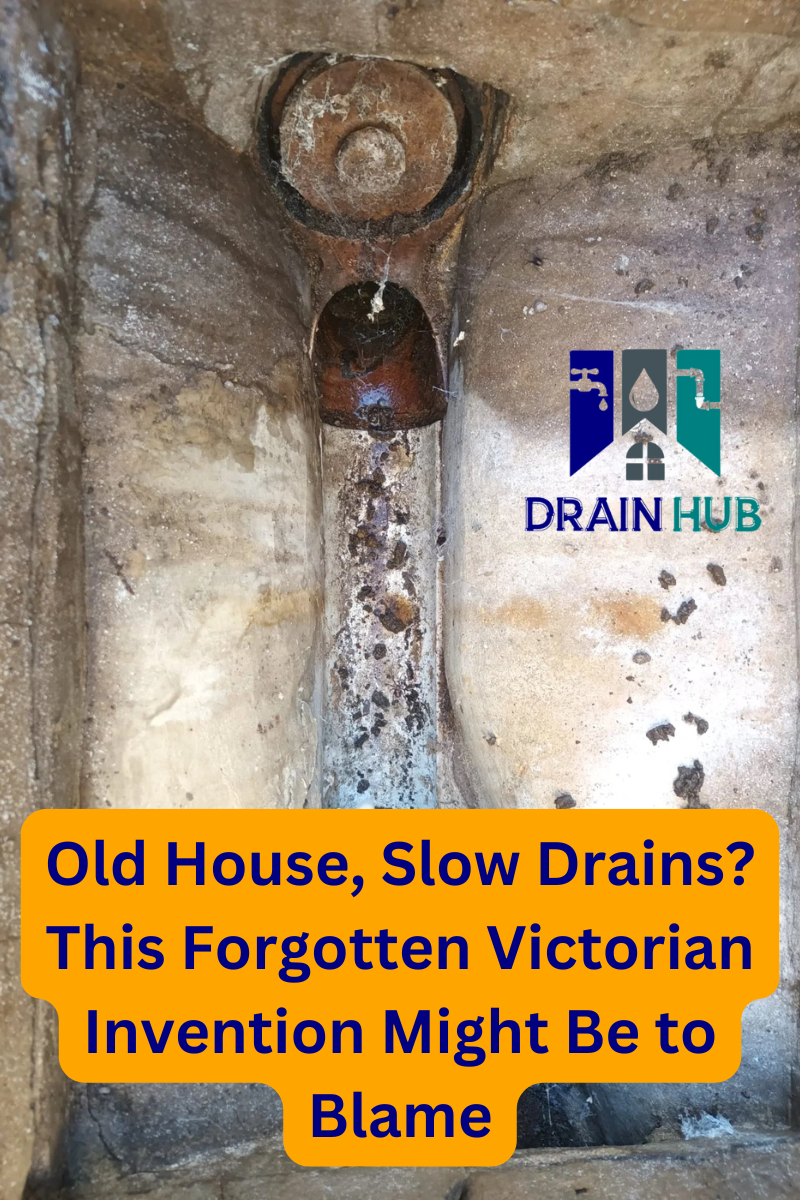
Old House, Slow Drains? This Forgotten Victorian Invention Might Be to Blame… (Buchan Trap)
Ever wondered why your old house’s drains seem stuck in slow motion, no matter what you try? The culprit might be hiding in your garden or drive – a piece of Victorian ingenuity that’s now causing modern headaches. Meet the interceptor trap, a plumbing relic that was once considered revolutionary but now often creates more
-

A Drainage Engineer’s Guide to Unblocking Drains
This can often be what a Drainage Engineer does day to day on any given week. Some love it, some put up with it, some would rather being doing the more complicated, technical works or maybe just surveying all day long. But I found going around doing reactive jobs would keep Engineers sharp. You’ve got
-
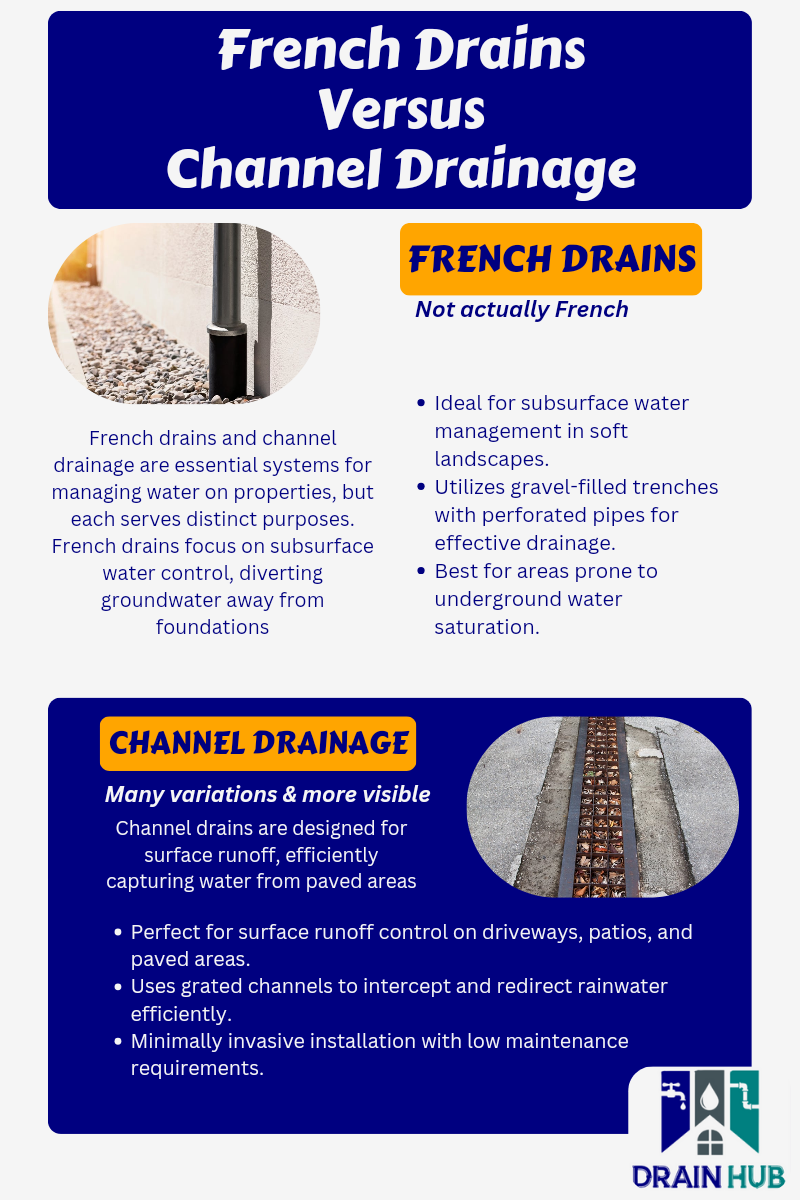
French Drains versus Channel Drainage
What’s the difference? Fundamentally, both are effective ways of moving surface water (rain water from above, sub surface water from below or a combination of both). Managing water flow on your property is crucial to protect against damage, safeguard structures, and maintain a safe environment. Whether you’re dealing with surface runoff or groundwater buildup, selecting
-

Soakaways and other Surface Water Drainage
Knowing how surface water, or rainwater, is dealt with on your property or a property you are working on, can help immensely with dealing with flooding, leaks, or even damp and mold issues. But it’s important to also know what the rules and regulations are to make sure any changes you make are legal and
-
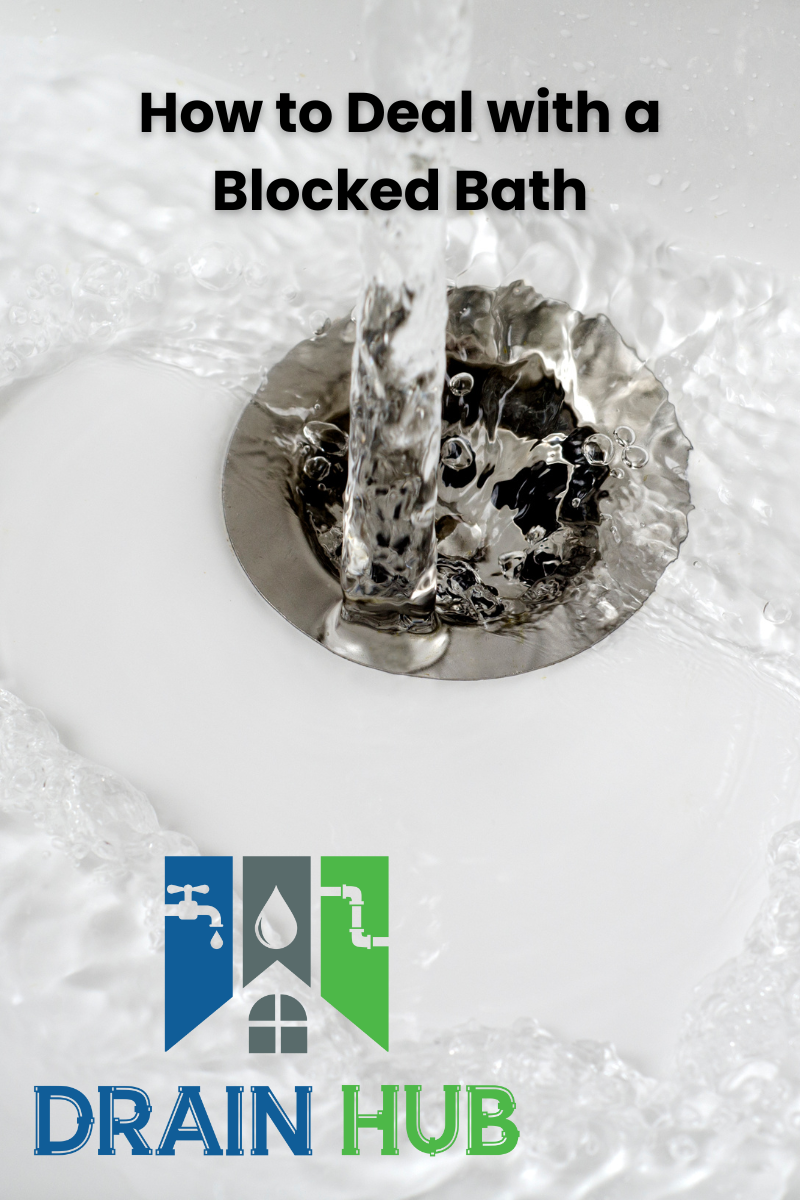
A Drainage Engineer’s Guide To Unblocking a Bath
I’ve had to unblock far fewer bath drains in my time than most other bathroom facilities, but when they do block up, it usually goes one of two ways; a quick plunge and clear, test and walk away, or a bit of nightmare. The nightmare ones tend to be because of access. Baths, especially in
-
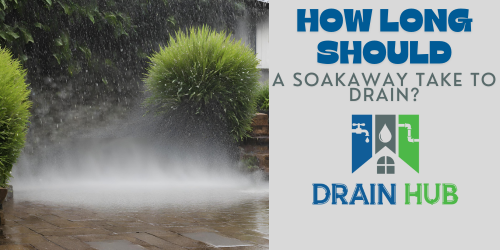
How Long Should a Soakaway Take to Drain?
This obviously depends on many individual factors to do with location, design and age, but generally, soakaways should have drained within 24hrs. This is the time for the soakaway itself to drain; if your rainwater drainage is taking longer to dissipate from the ground or gutters, there may be problems between the drain and soakaway.
-
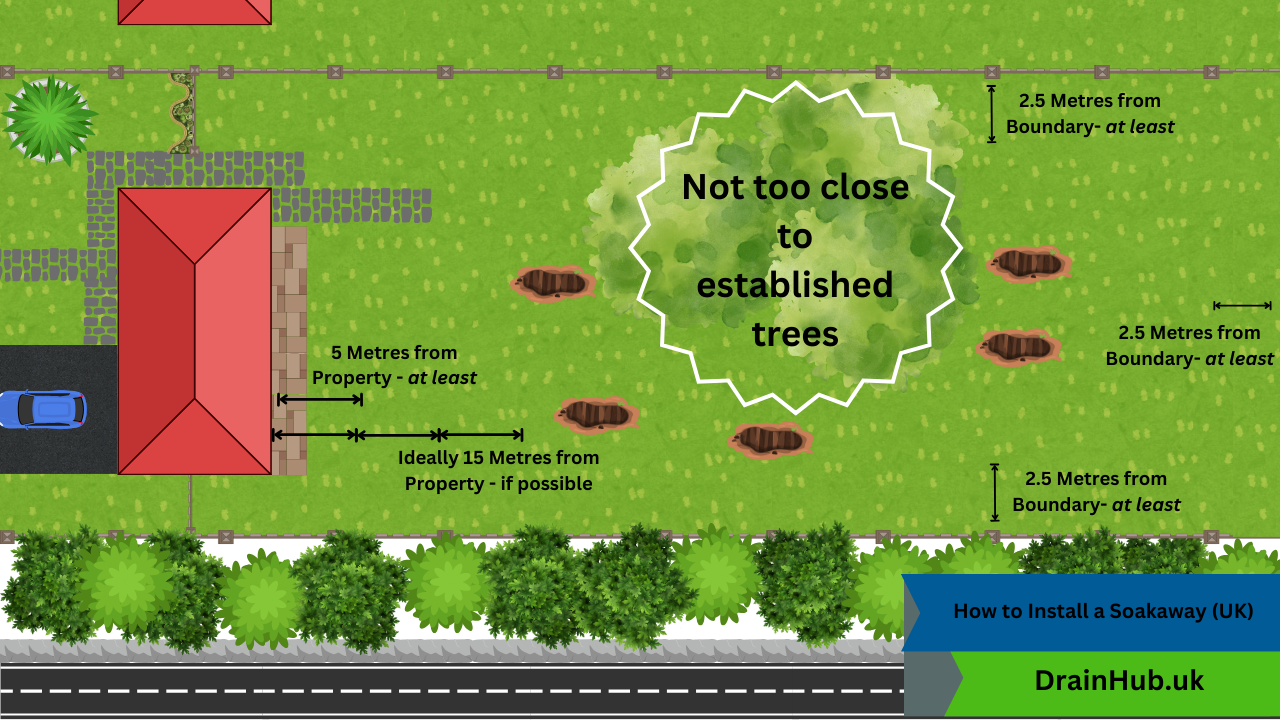
Percolation Tests
A percolation test, sometimes referred to as a “Perc Test,” should be the first step to checking an area will be suitable for installing a soakaway or drainage field. It may sound like a big or complicated thing to do, but all it is a hole in the ground in which you fill with water
-
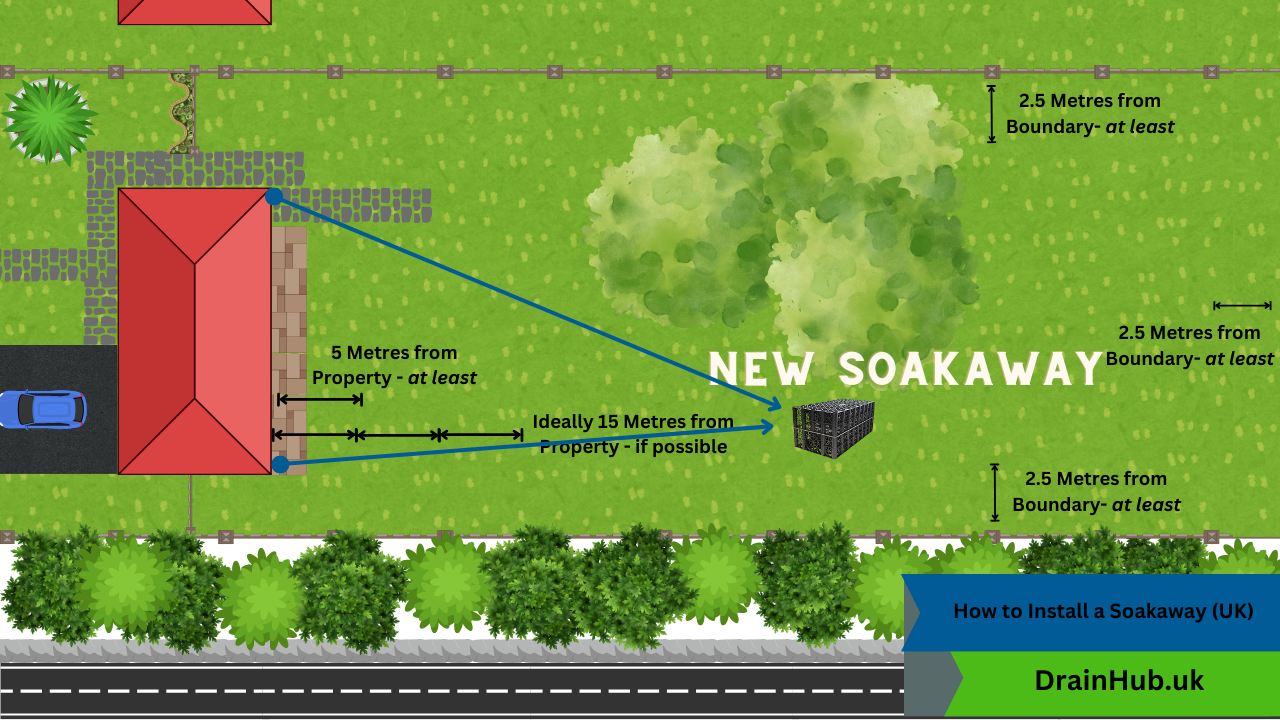
How To Install a Soakaway -UK Guidance
If you decide a new soakaway is needed for your property; or maybe you have been asked about installing one for someone else, here are some quick pointers before we get started. As with most things, there are pros and cons to installing a soakaway yourself or paying a contractor to do it for you…
-
The Best Mechanical Drain Cleaner For Efficient And Powerful Cleaning
Blocked drains are a headache for any household or workplace, often causing inconvenience and messy situations. Mechanical drain cleaners stand out as a powerful alternative to their chemical counterparts, delivering efficient results without the accompanying risks of damage or hazardous fumes. When you’ve tried a plunger or the usual tricks the DIY sites tell you
-
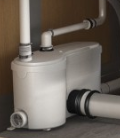
How Do Saniflos Work? – Drain Hub
Ever puzzled over how a Saniflo system functions to keep your basement toilet flowing? These clever devices use innovative technology to break down and pump waste, making them ideal even in the trickiest of spaces. In this blog post, we’ll delve into their inner workings, detailing everything from the fierce macerator blade to the potent upflush pumps. Ready for an insight-filled plunge
